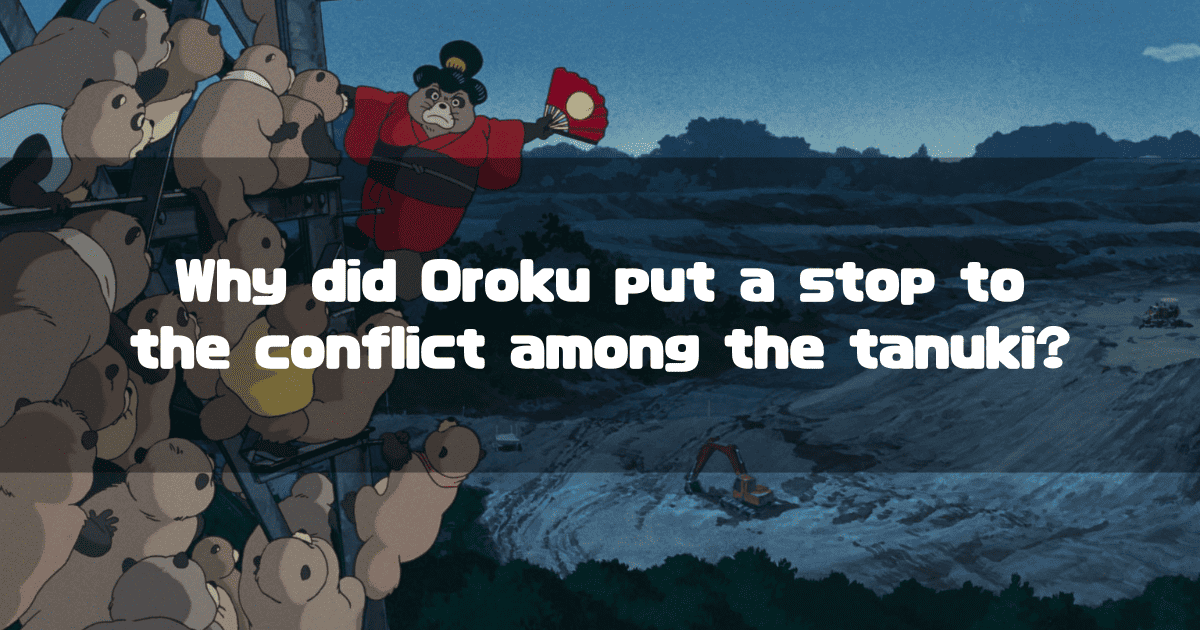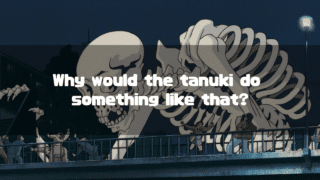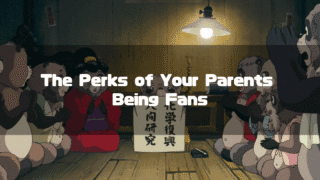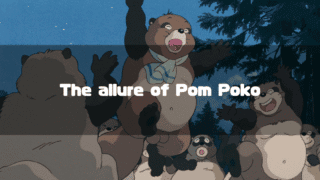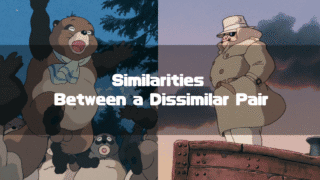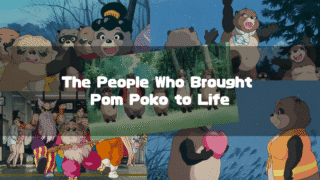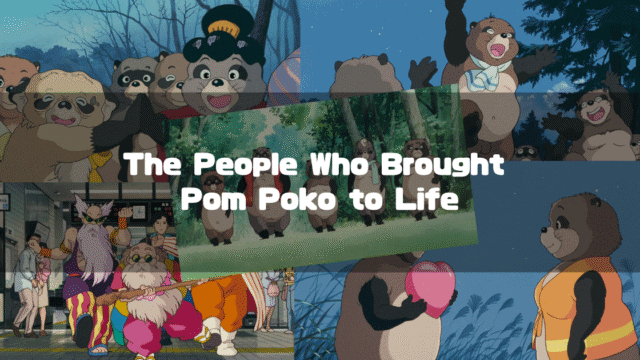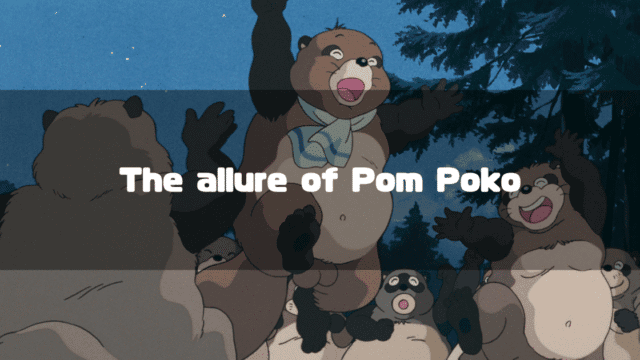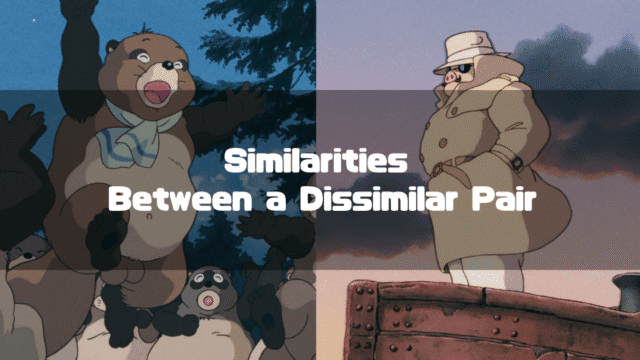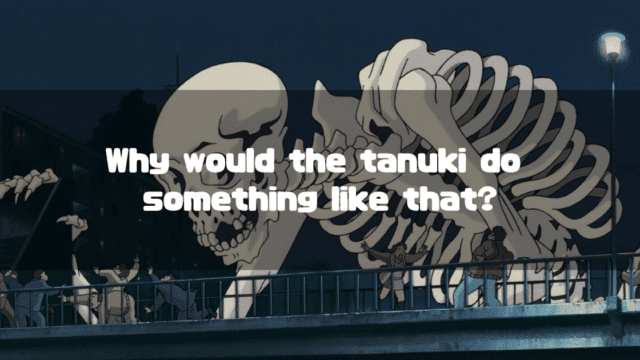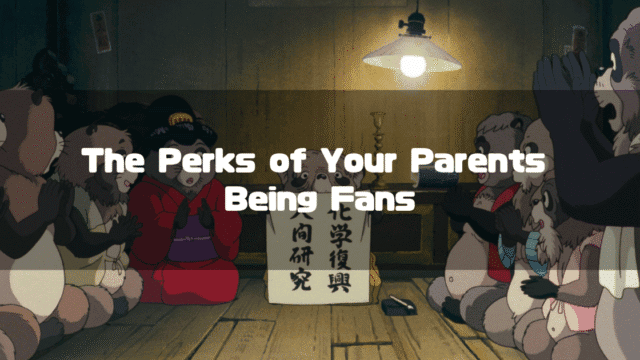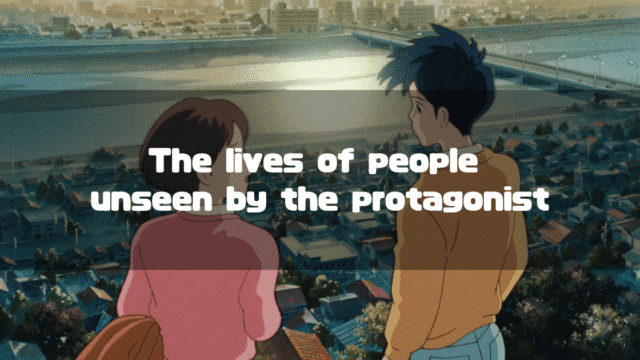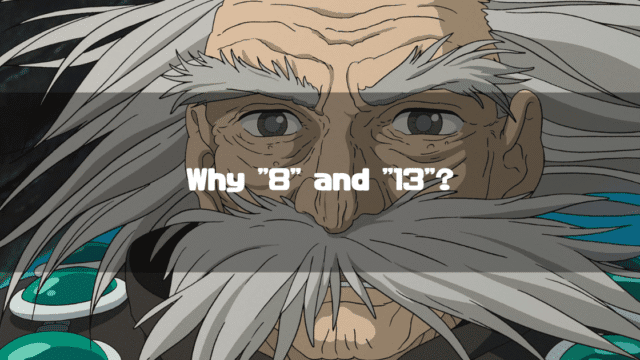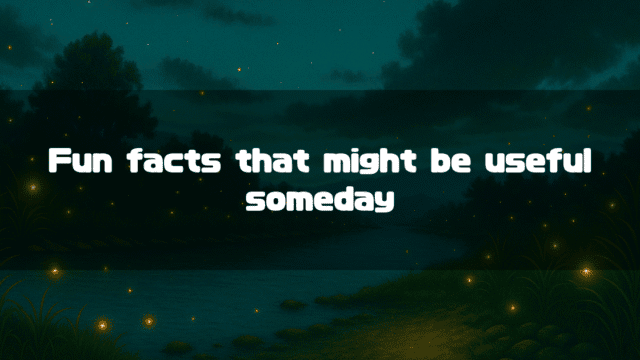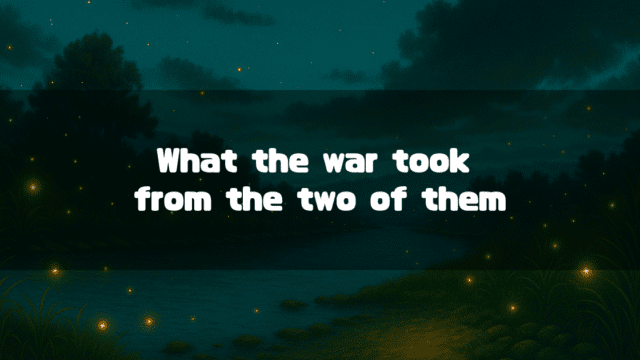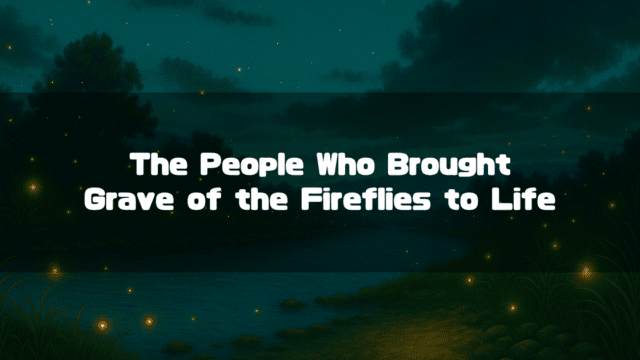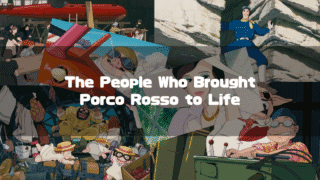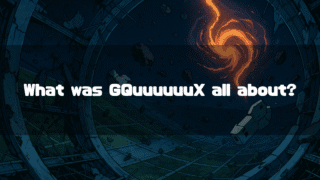Pom Poko(Studio Ghibli Official) is a 1994 animated feature film directed by Isao Takahata.
This time, I want to think about Oroku from the beginning of the story. Shortly after the film begins, Oroku joins the tanukis’ “final decisive battle,” singing “fure fure suzugamori, fure fure tagagamori,” and puts a stop to the conflict. She then admonishes the tanuki, telling them this is no time to be fighting amongst themselves, and leads them into a battle against the humans.
This is an extremely natural flow and poses no problem as an introduction to the story. The reason Oroku stopped the infighting is, as she herself stated, “because this is no time for such things.” However, the fact we must not forget is that “if Oroku hadn’t incited the tanuki, the movie Pom Poko would not have progressed.” There must have been another meaning to Oroku’s words and actions. This time, after discussing that, I will also write about my personal thoughts as an Appendix on The Truth of the Secret Art Taught by Oroku.
Now, why did she stop the conflict?
*This article is an English translation of the original Japanese article, 「平成狸合戦ぽんぽこ」の面白さ①:おろく婆ちゃんの発言と授けた秘術.
Let an AI walk you through the highlights of this post in a simple, conversational style.
- Oroku’s appearance is a critique of Happyakuya-danuki
The scene where Oroku stops the tanuki infighting is a clear criticism by director Takahata of the initially proposed Happyakuya-danuki direction, and a response to the production team that “doing that now is meaningless.” - The Secret Art = A tactic of wrapping oneself in one’s own scrotum.
The secret art Oroku taught was to “look like a dead fox,” and its reality was a comedic, rakugo-like setup of “wrapping one’s entire body in one’s own scrotum so as not to be identified as a tanuki even after death.” - Gonta’s failure and “comical seriousness”
The fact that only Gonta died in battle without using the secret art, while his comrades transformed into kappa figures?which were actually their scrotums?is an expression typical of Pom Poko, where tragedy and comedy intersect.
The Meaning of Oroku’s Words and the Secret Art She Taught in Pom Poko
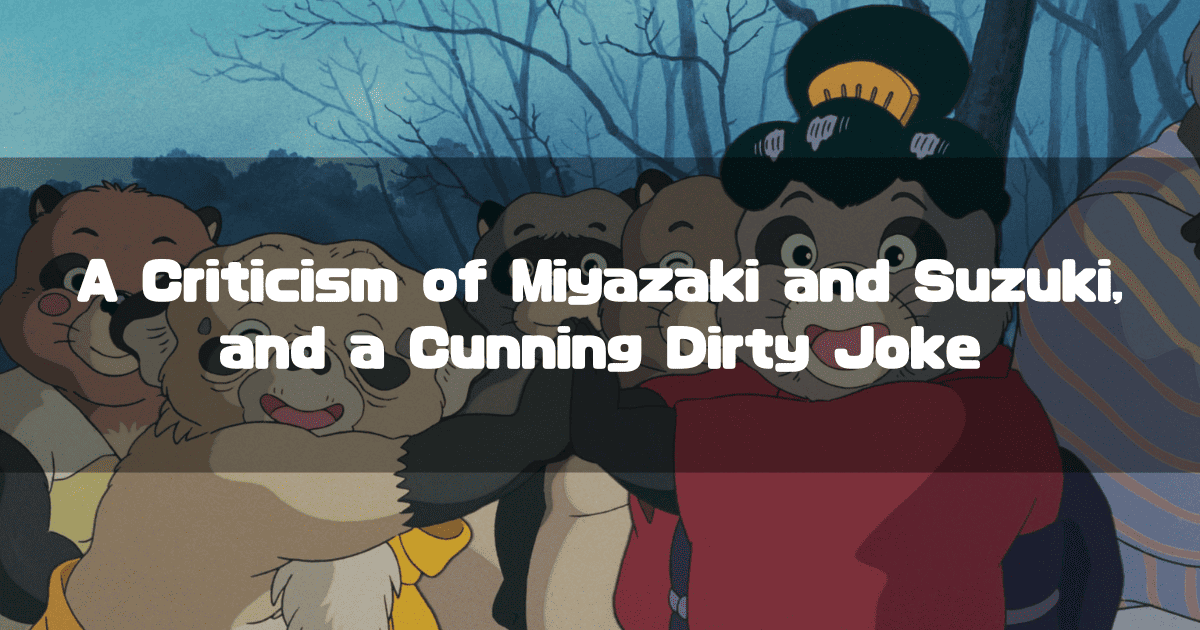
Why Did Oroku Stop the Tanuki Infighting?
First, I want to discuss why Oroku stopped the tanuki infighting, but to do so, I must start with a behind-the-scenes story about Pom Poko that is often whispered about.
Shigeru Sugiura’s Happyakuya-danuki
As recorded in Toshio Suzuki’s writing in Ghibli Textbook 8: Pom Poko (ジブリの教科書8:平成狸合戦ぽんぽこ, in Japanese), Pom Poko is said to have started from a comment by director Hayao Miyazaki after finishing Porco Rosso, to the effect of “**Since I did a pig, Takahata-san should do a tanuki.**” I think he meant, “Since I exposed a part of myself, Takahata-san should do the same” (as Porco Rosso was a kind of autobiographical novel for Miyazaki, he was telling Takahata to do the same). Of course, I don’t think it was that simple, but Miyazaki probably wanted it to be that kind of film. Naturally, Toshio Suzuki was also enthusiastic about it.
So, if they were going with tanuki, what direction could they take? Miyazaki and Suzuki suggested basing it on Shigeru Sugiura’s Happyakuya-danuki.
I bought it on Amazon and of course read it, and while it has the pleasantness and fun characteristic of Shigeru Sugiura, it is by no means Ponpoko. It’s a “poetic justice” story where the mischievous tanuki are punished in the end (it’s not too expensive, so I think you should read it).
Director Takahata apparently couldn’t find Happyakuya-danuki interesting at all. He searched for a different path, and after discussions with Hisashi Inoue and exhaustive research on “tanuki for Japan, or the Japanese people,” he created Pom Poko.
As a result, a film was made where the story begins with Oroku stopping the infighting among the tanuki.
Why Did Oroku Stop the Tanuki Infighting
At this point, I think the meaning of that scene has become quite clear. In other words,
If you were to make a movie of Happyakuya-danuki in this day and age, this is what it would become. Do you really think a movie like this is a good idea?
To put it more verbosely, “This is the kind of project you guys proposed. Do you really think it’s okay to be making a film like this now? Of course not! Alright, I’ll show you what kind of movie we should be making!” I believe this intention is what lies behind the scene where Oroku stops the tanuki infighting.
Truly clever.
In the end, that scene serves as the final answer, presenting the tanukis’ problem awareness?”This is no time to be fighting amongst ourselves when humans are taking our territory!”?while also being a critique of the proposals from Miyazaki and Suzuki.
And that critical spirit would also be expressed visually in the Yokai Grand Operation scene (this is a fairly well-known story, but I’ll write about it another time).
However, what we must never forget in times like these is the fact that the ones being criticized the most are we, the consumers of animation.
If we animation fans maintained moderation, consumed anime as anime, gained even a little something from it for tomorrow’s sustenance, and fought on in our unchanging daily lives, then perhaps Director Takahata might have made Happyakuya-danuki.
However, we tend to get lost in anime, using it as a tool for escapism. I believe this is the situation Director Takahata feared the most. It seems to have the exact same structure as the end of the original Evangelion movie (or Shin Evangelion for that matter), where we are told, “Go back to your daily lives!”
I think the self-admonition for the fact that he “earns a living” by creating “fiction” or “fabrications,” and the criticism towards animation fans, were condensed into Oroku’s words, “This is no time for this!”
Now, let’s move on to the “secret art” taught by Oroku.
What Was the Secret Art Taught by Oroku?
Well, up to this point, I’ve been writing in a somewhat condescending tone, but from here on, it’s a bit of a joke. The question is, “What was the secret art taught by Oroku?” For now, let’s recall the “recipients.”
To fight the war against humans, the Tama tanuki proceeded to educate their youth, sending out Shokichi and Gonta as the first batch of graduates. The hot-blooded Gonta quickly devises a “Mankind Annihilation Plan,” but the “elders,” including Oroku, oppose the plan. As viewers, we think, “Of course they’d stop him,” but youthful ardor cannot be stopped. Even Shokichi went along with Gonta’s plan.
The problem occurs after this.
What the elders feared most was “the revelation of their true forms.” Of course, “we humans” know there’s no such danger, but for them, it’s a serious problem. As a countermeasure, Oroku teaches the youths a secret art. The content of this art is astonishing; using it makes you
look like a dead fox for 5 days
so it is said. However, as far as we see in the main story of Pom Poko, there is no transformation art that continues to have an effect after death. Gonta’s faction, which launches a suicide attack near the end, has their transformation broken just by being hit with a police baton, and after being hit by a car at the end, their transformation is also broken. To solve this mystery, I decided to try a bit of wordplay.
Speaking of Foxes, Inari. And Speaking of Inari…
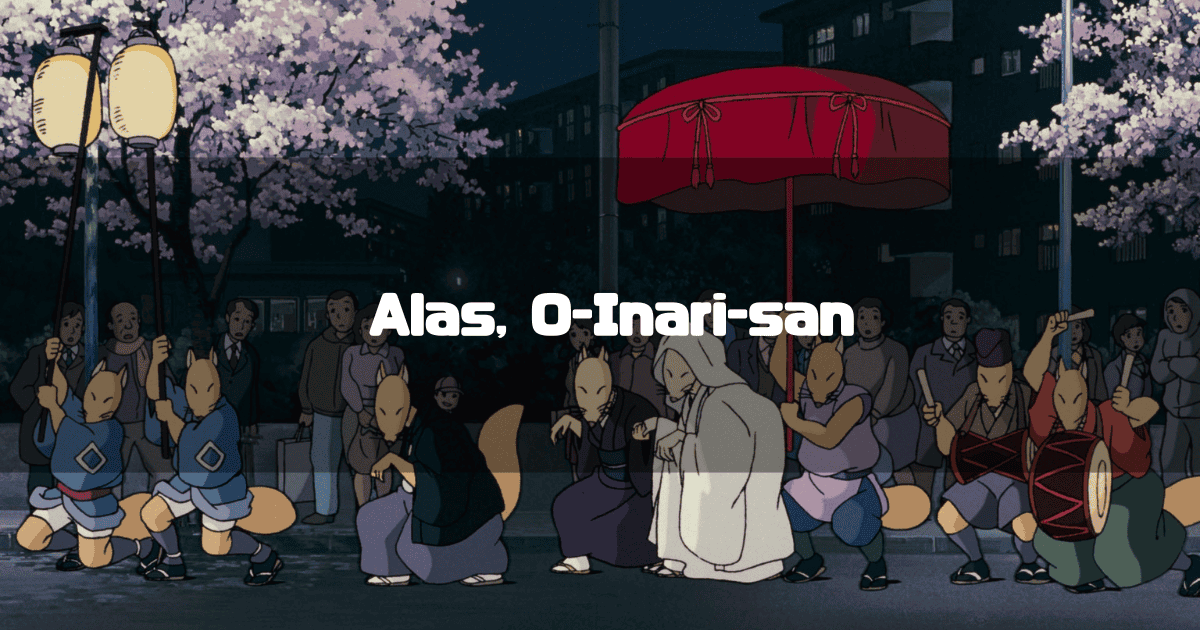
Oroku said “a dead fox,” but speaking of foxes, there’s Inari. And speaking of Inari, we have “o-inari-san.” Now, what does “o-inari-san” mean? I don’t really want to say it, but “o-inari-san” has to be “testicles.” For a detailed explanation of foxes, Inari, o-inari-san, and testicles, please see the Appendix.
Some people might be offended, but there is no other way to explain “Oroku’s secret art.”
So what does this mean? I believe the secret art Oroku taught was, “Wrap yourself in your own scrotum!“
This might still be hard to understand, but if they wrap themselves in their scrotum before going into battle, when they lose consciousness or die, the sack will shrink and conceal them. As a result, a shriveled, bag-like object is left behind, and what it is becomes unrecognizable at a glance (just like an o-inari-san!). Of course, if someone opened the bag, they would find a dead tanuki, so I think the meaning was that it would last for five days, during which people would be confused and not touch it, but this reading is also naive. It would likely be discovered as a dead tanuki on the same day and be recorded in human history as “the unknown ecology of the tanuki.”
However, thinking this way, the footage of the operation planned by Gonta also becomes a laughable scene.
It was raining on the night of that operation. They were all wearing raincoats (kappa), but what were those raincoats? Of course, they must have been their scrotums. That night, all the tanuki except Gonta followed Oroku’s instructions and wrapped their bodies in their own scrotums (which they had transformed into raincoats). Of course, Gonta, thinking “I’ll never fail!”, probably didn’t do something so unseemly. That’s why he was the only one in his untransformed state.
Of course, this is just speculation. There is no evidence. However, if you think of it this way, it’s consistent with the later scenes and also connects to the “rakugo-like comedy” of Pom Poko. He, who wrapped himself in his own scrotum, was dead serious, and Oroku, who taught him the secret art, was also serious. But what actually happened (wrapping oneself in one’s own scrotum) is rather foolish.
The above is what I find interesting about the beginning of Pom Poko, centered on Oroku’s words and actions.
Appendix: The Relationship Between Foxes, O-inari-san, and Testicles
1. Fox (狐, Kitsune) and Inari Shrine (稲荷神社, Inari Jinja)
The connection between foxes and Inari shrines is a fundamental aspect of Japanese folklore and the Shinto religion.
Inari ?kami (稲荷大神): Inari is the Japanese kami (deity) of prosperity, rice, tea, sake, agriculture, and industry. Inari is an immensely popular deity, with tens of thousands of shrines dedicated to them across Japan. The most famous is Fushimi Inari Shrine in Kyoto.
Foxes as Messengers: The key point is that foxes (kitsune) are not Inari themselves, but are considered the sacred messengers (tsukai) of the deity Inari. This is a common misconception among those less familiar with the tradition.
Why Foxes?: The association likely began in ancient agricultural communities. As predators of mice and other rodents that would damage rice crops, foxes were seen as natural protectors of the harvest. A healthy fox population signaled a healthy ecosystem and the promise of a bountiful harvest, which is Inari’s domain.
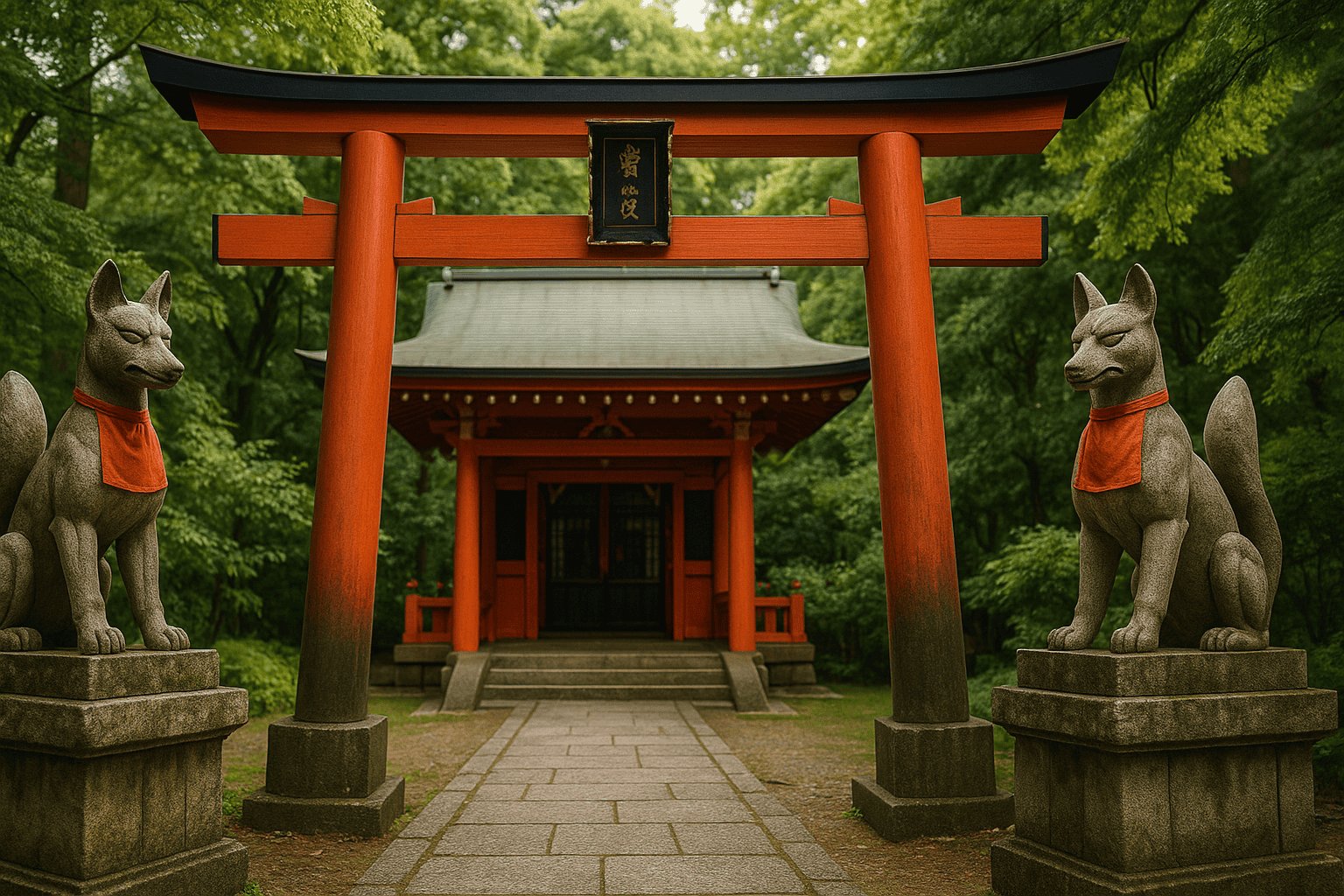
Because of this role, statues of foxes are a prominent feature at all Inari shrines. They are often depicted in pairs, representing male and female, and may hold symbolic items in their mouths, such as a key (to the rice granary), a jewel (symbolizing spirits), or a scroll (symbolizing a message from the deity). Worshippers revere the foxes as sacred messengers and often leave offerings for them, particularly fried tofu (aburaage).
2. Inari (稲荷) and “O-inari-san” (お稲荷さん)
This connection is based on Japanese linguistics and culinary tradition.
Honorifics: In Japanese, “お” (o-) is a polite prefix and “さん” (-san) is a common honorific suffix. Adding them to a name shows respect or affection. So, “Inari” becomes the more familiar and respectful “O-inari-san” when referring to the deity or the shrine itself.
The Food Connection – Inarizushi: “O-inari-san” is also the common name for a popular type of sushi called inarizushi (いなり寿司). This dish consists of a pouch of seasoned fried tofu (aburaage) filled with sushi rice.
The Link: The food gets its name from the belief that fried tofu is the favorite food of foxes (kitsune). Since foxes are the messengers of Inari, fried tofu became a common offering at Inari shrines. Over time, the sushi dish made with these tofu pouches came to be called inarizushi, or more colloquially, “o-inari-san,” directly linking the food to the deity it’s used to honor.
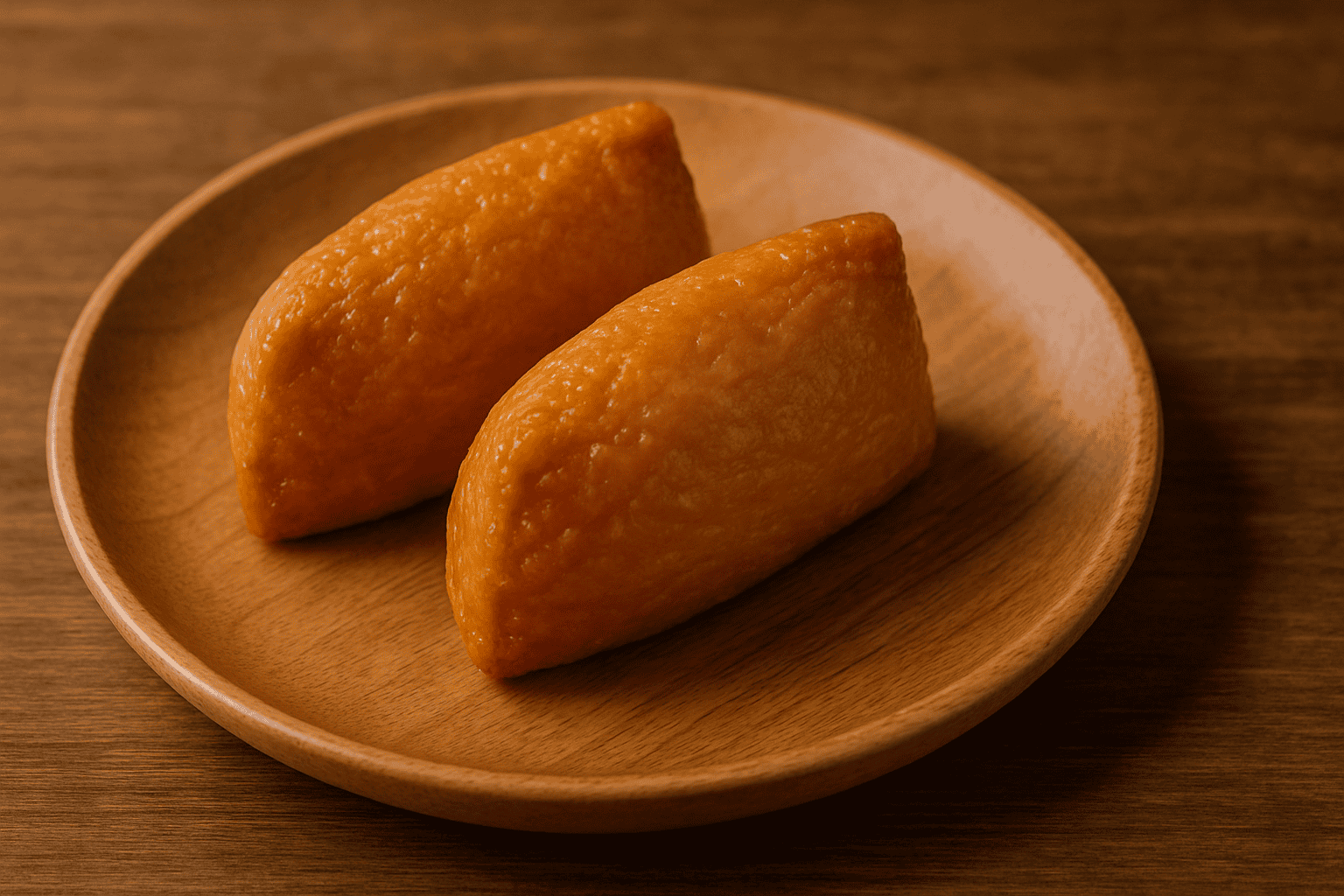
So, “O-inari-san” can mean:
- The Inari deity or shrine (respectful term).
- Inarizushi, the food named after the favorite snack of Inari’s messengers.
3. O-inari-san (お稲荷さん) and Testicles (睾丸, K?gan)
This final connection is a form of informal, humorous slang based purely on a visual resemblance. It has no religious or formal basis.
Visual Similarity: Inarizushi is often served as two tofu pouches sitting side-by-side on a plate. This appearance is said to humorously resemble a scrotum containing two testicles.
Slang Usage: Because of this visual pun, “o-inari-san” became a colloquial and somewhat vulgar slang term for testicles. It’s a form of double entendre, where the innocent name of a food is used to refer to a part of the male anatomy.
This is the kind of wordplay you might find in comedy, rakugo (traditional comedic storytelling), or in the fan theory you mentioned about the movie Pom Poko. The humor comes from the juxtaposition of a sacred name, a common food, and a vulgar meaning, all tied together by a simple visual gag.
The images used in this article are from Studio Ghibli Works Still Images.
About the Author
Recent Posts
- 2025-10-15
Indiana Jones and the Dial of Destiny(2023):Historical Background-WWII, the Real Dr. Schmidt, the Siege of Syracuse, and the Antikythera Mechanism - 2025-10-08
Why Does Children Who Chase Lost Voices Feel So Ghibli-esque? [Makoto Shinkai’s “Tale of Farewell”] - 2025-10-07
5 Centimeters per Second: Characters, Voice Actors, Character Analysis and Character Map - 2025-10-06
5 Centimeters per Second: Full Synopsis, Analysis, Ending Explained & Character Map (Spoilers) - 2025-10-04
5 Centimeters per Second Is Neither Depressing Nor Terrible: A Positive Interpretation of the Film

